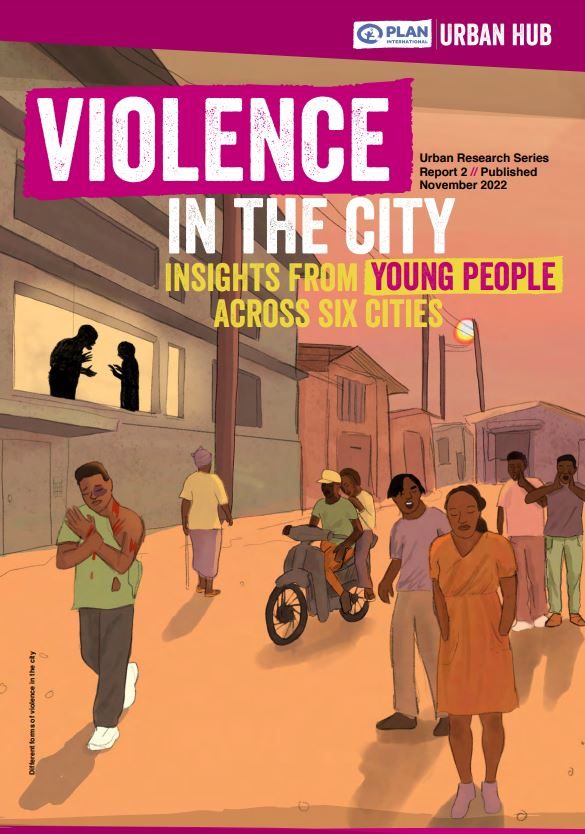Marjorie: Police don't take harassment seriously
Marjorie has learned a lot from the Safer Cities programme and is sharing her knowledge with her female peers to keep them safe from harassment.
For the first time in history, there are more people living in cities than in rural areas. Each month, 5 million people are added to the cities in developing countries, many of them adolescent girls looking for a better life in the city.
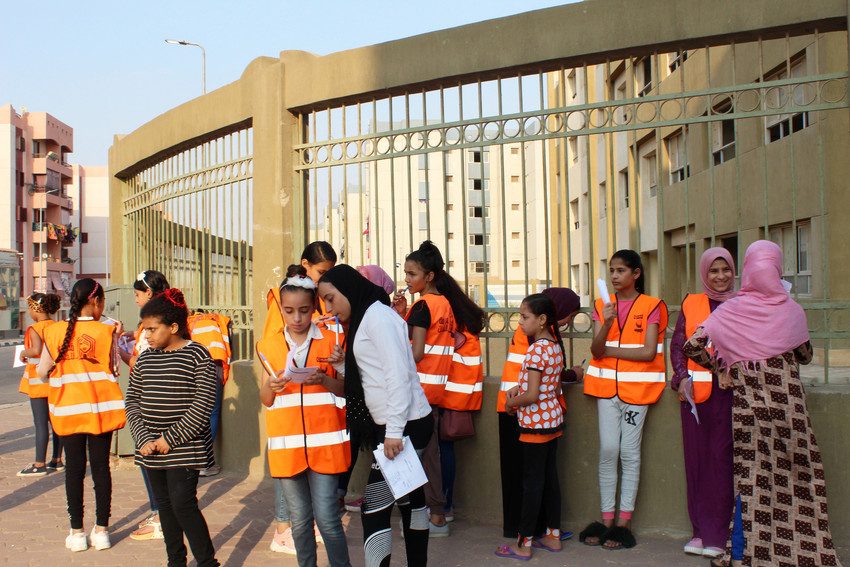
Adolescent girls in cities are faced with increased risks as well as increased opportunities. On the one hand, they face sexual harassment, exploitation, and insecurity as they navigate the urban environment, but are more likely to be educated, less likely to be married at an early age, and more likely to participate in politics.
Adolescent girls consistently report feeling unsafe in public spaces, irrespective of their geographies, cities or cultures. There is a breakdown in accountabilities towards adolescents and young girls in cities.
Pictured: Girls take part in safety walk in a Cairo suburb.
Our Safer Cities for Girls programme has been developed with partner organisations UN-Habitat and Women in Cities International.
The programme goal is to build safe, accountable, and inclusive cities with and for adolescent girls (aged 13-18). We want to see increased safety and access to public spaces, increased active and meaningful participation in urban development and governance and increased autonomous mobility in cities for girls.
The programme is currently being implemented in 20 cities across the globe.
Plan International’s ‘Unsafe in the City’ research interviewed thousands of girls and young women across Delhi, Kampala, Lima, Madrid, and Sydney. The report shows a worrying level of sexist behaviour, sexual harassment and insecurity in public spaces and on public transport.
Girls and young women tagged 80% spaces accessed by young people as unsafe.
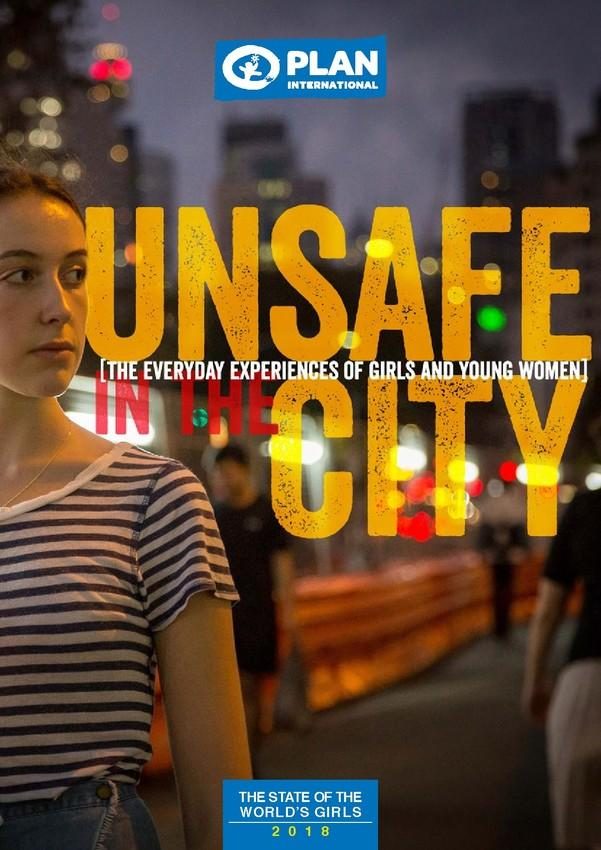
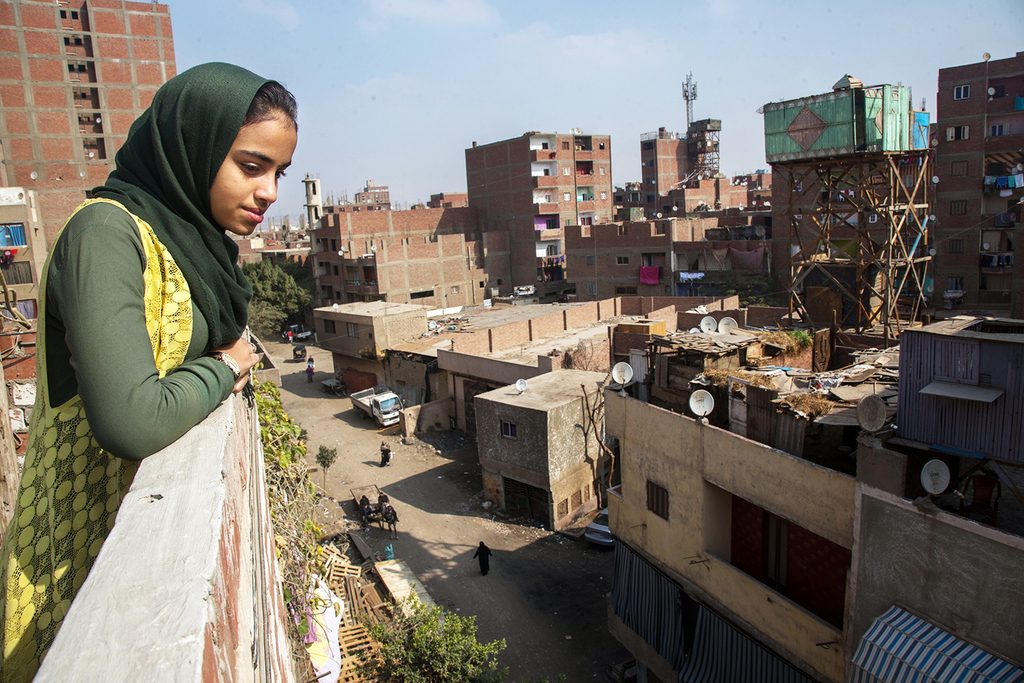
Our Safer Cities for Girls programme recognises that sustainable change is only possible by working across different levels of change and hence works to influence:
By doing this, the programme strives to build safe, accountable, and inclusive cities with and for adolescent girls in all their diversity by increasing girls’ safety and access to public spaces, active and meaningful participation in urban development and governance and autonomous mobility in the city. Underpinning all this is the belief that girls have a right to feel safe and be safe where they live and learn.
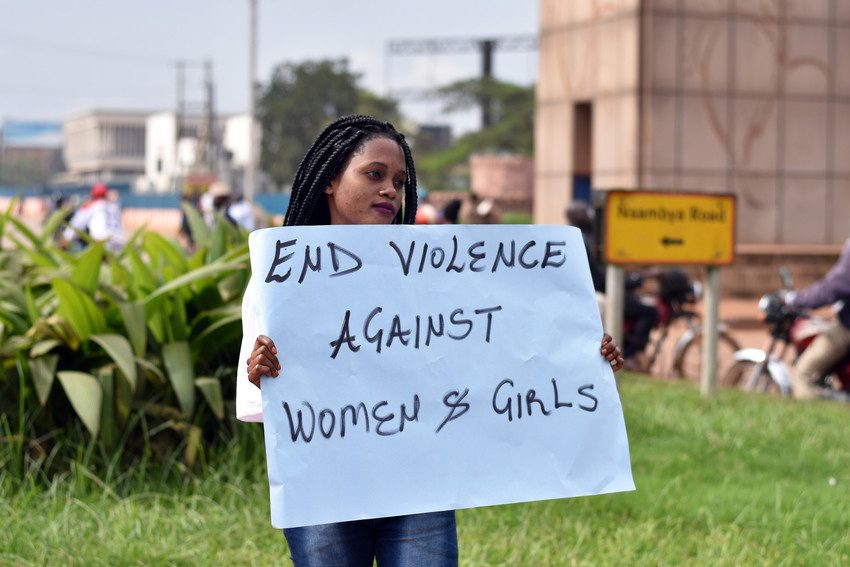
This report examines young people’s experiences of violence across six major cities.
Urban violence is an increasingly frequent and complex issue which disproportionately affects young women and girls.
This report examines the evidence generated as part of the evaluation of Plan International’s Safe and Inclusive Cities programme and investigates how young people witness and experience violence in cities.
